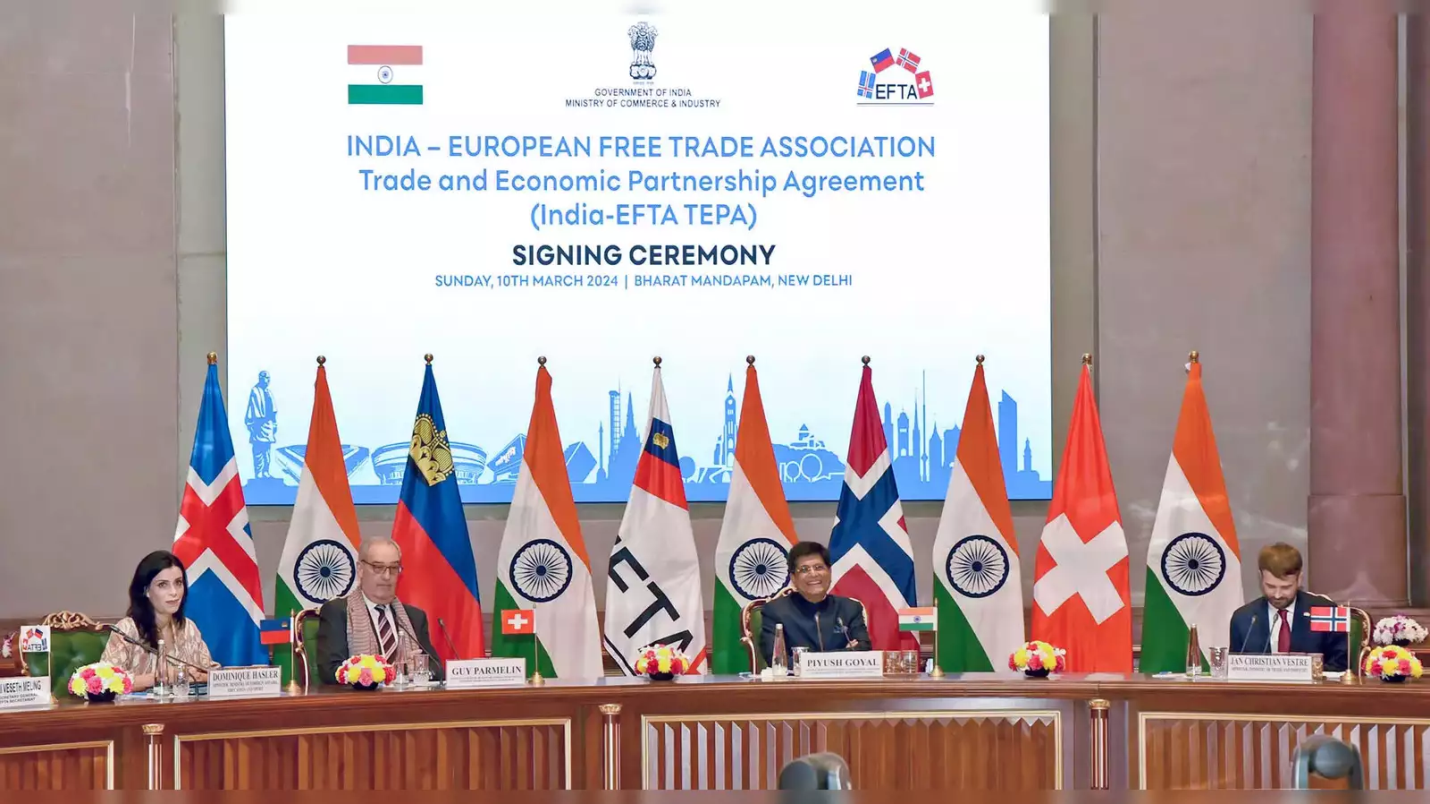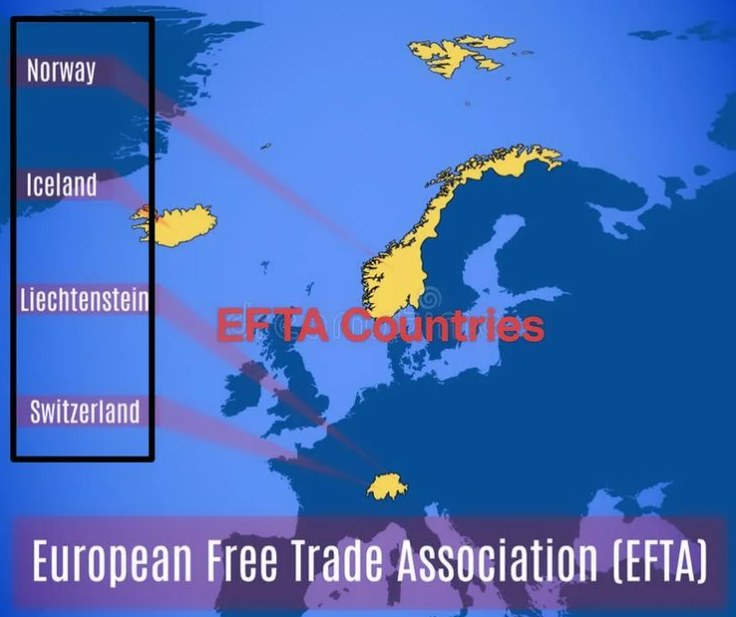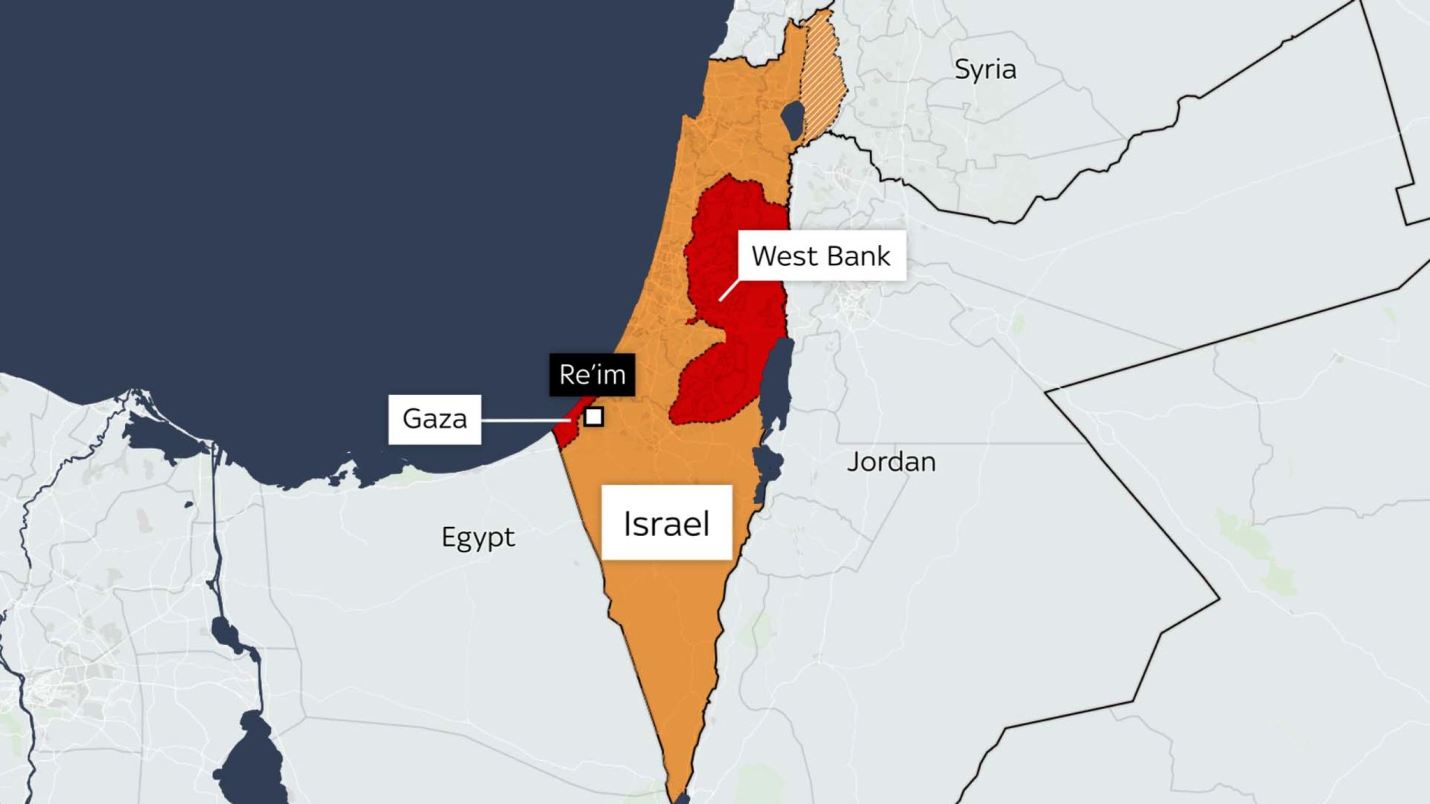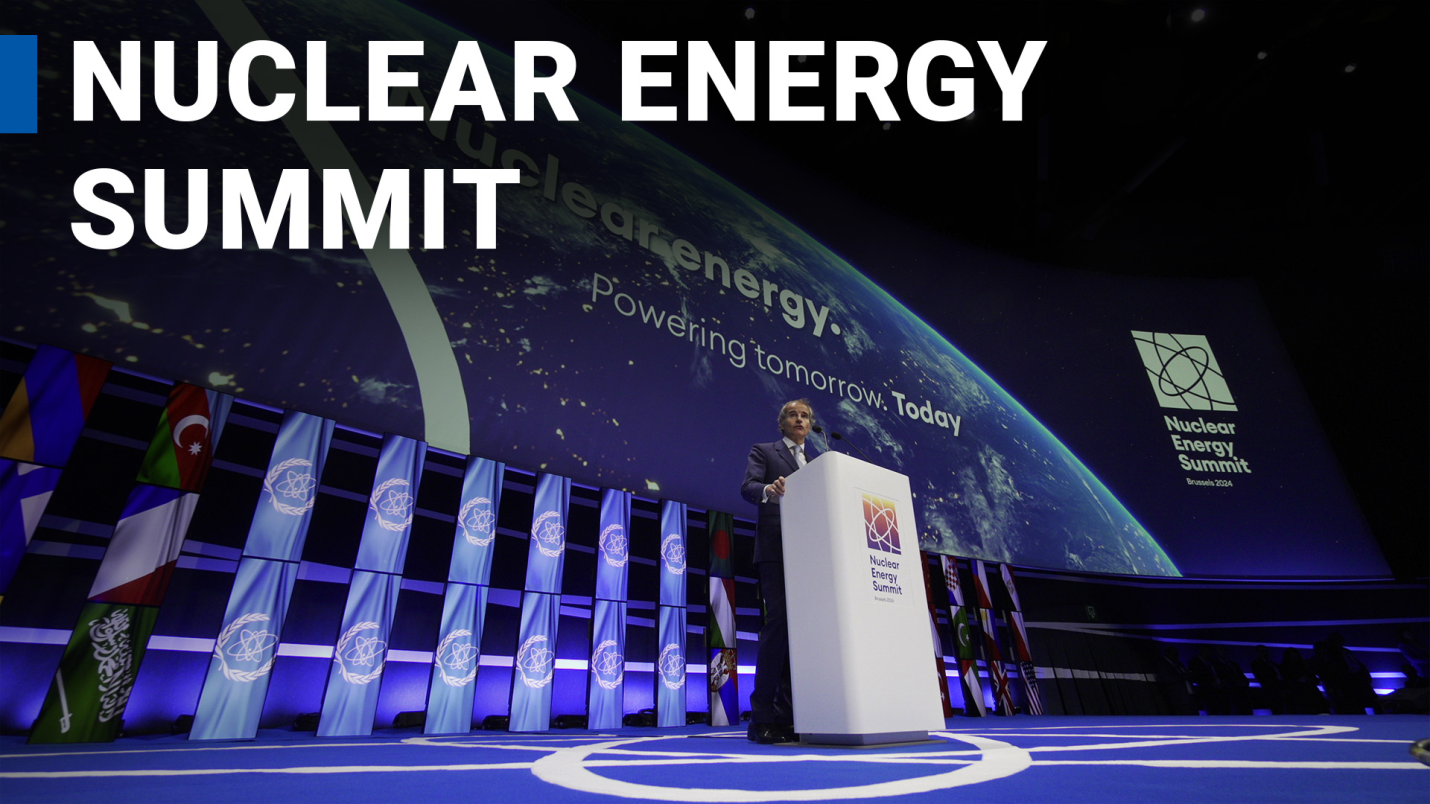Description

Copyright infringement not intended
Picture Courtesy: https://economictimes.indiatimes.com/news/india/heres-how-indias-100-billion-trade-pact-with-efta-will-benefit-indian-swiss-watches-chocolates-to-get-cheaper/articleshow/108372965.cms?from=mdr
Context: The Trade and Economic Partnership Agreement (TEPA) signed by India and the European Free Trade Association (EFTA) countries (Iceland, Liechtenstein, Norway, and Switzerland) is a comprehensive agreement aimed at increasing trade, investment, and economic cooperation between the two countries.
Details
- The agreement aims to lower tariffs on items traded between India and EFTA countries, making Indian exports of pharmaceuticals, clothing, chemicals, and machinery more competitive in EFTA markets. It has the potential to expand output, create jobs, and attract foreign direct investment (FDI) to these sectors.
- Over the next 15 years, the EFTA countries have plans to invest $100 billion in India. This inflow of capital can be directed towards infrastructure development, manufacturing, and other critical areas, hence encouraging technological improvement and innovation. Further, joint partnerships between Indian and EFTA enterprises might be promoted, exploiting both partners' strengths to boost global competitiveness.
|
In 2023, India was the fifth-largest trading partner for the entire EFTA trading bloc, with a total trade volume of $25 billion.
|

Significance
- The agreement has the potential to significantly enhance commerce between the two regions, benefiting producers, consumers, and enterprises in India and the EFTA countries.
- The agreement may position India as a more appealing destination for other trade partners, potentially leading to the signing of further trade agreements and a more diverse and resilient Indian economy.
- Increased trade openness can also result in information transfer and the adoption of best practices, which promotes overall economic growth and development.
For India
- Increased exports of pharmaceuticals, garments, chemicals, and machinery. With their higher production quantities, these sectors can benefit from economies of scale, resulting in lower costs and increased global competitiveness.
- Attracting investments in vehicles, food production, trains, and finance. These investments have the potential to create jobs, enhance infrastructure, and drive economic growth. The inflow of cash can also result in the transfer of technology and knowledge, allowing Indian enterprises to develop new products and processes while increasing overall productivity.
- Increased trade volume can contribute to knowledge transfer and the adoption of best practices, hence promoting overall economic development.
- Collaboration in Research and development (R&D) can lead to advances in a variety of fields, including pharmaceuticals, engineering, and information technology. This can benefit both Indian and EFTA enterprises, increasing their competitiveness in the global market.
For EFTA countries
- Benefits for Swiss manufacturers (machinery, luxury products, transportation) and the pharmaceutical/medical device business. Increased market access for their products in India's huge and expanding domestic market. This can result in greater sales and profitability for EFTA enterprises.
- Potential for collaboration in research and development, resulting in advances in a variety of fields. EFTA countries have a great reputation for innovation, and collaborating with Indian researchers and enterprises can help to speed the development of new technologies and products. This can help both EFTA and India, establishing them as leaders in critical industries.

Concerns
- India may face challenges in operating in the Swiss market due to Switzerland's current policy of tariff-free entry for industrial goods from all nations, even with tariff reductions under the agreement.
- Exporting agricultural products to EFTA countries is still challenging due to laws. To enhance agricultural exports, India may need to prioritise product quality and comply with higher sanitary and phytosanitary requirements.
- The agreement excludes data exclusivity provisions that could have impacted Indian generic drug manufacturers. Certain farm products and gold imports are also excluded.
- Increased imports may cause India to run a larger trade deficit with the EFTA, but investments may produce jobs and economic activity. India can handle this challenge by prioritising export promotion and improving the competitiveness of its domestic industry.
Conclusion
- The Trade and Investment Agreement is a positive step towards increased trade and investment between India and EFTA. However, navigating market access challenges and potential trade deficit issues will be crucial for maximising the benefits of the deal.
Must Read Articles:
European Free Trade Association (EFTA): https://www.iasgyan.in/daily-current-affairs/european-free-trade-association-efta#:~:text=1.,part%20of%20the%20Schengen%20Area.
|
PRACTICE QUESTION
Q. Free Trade Agreements (FTAs) have been promoted as a strategy to increase Indian exports. However, some argue that they have not delivered on their promises and may possibly hurt Indian producers. Evaluate the impact of recent free trade agreements on various Indian industries.
|

















